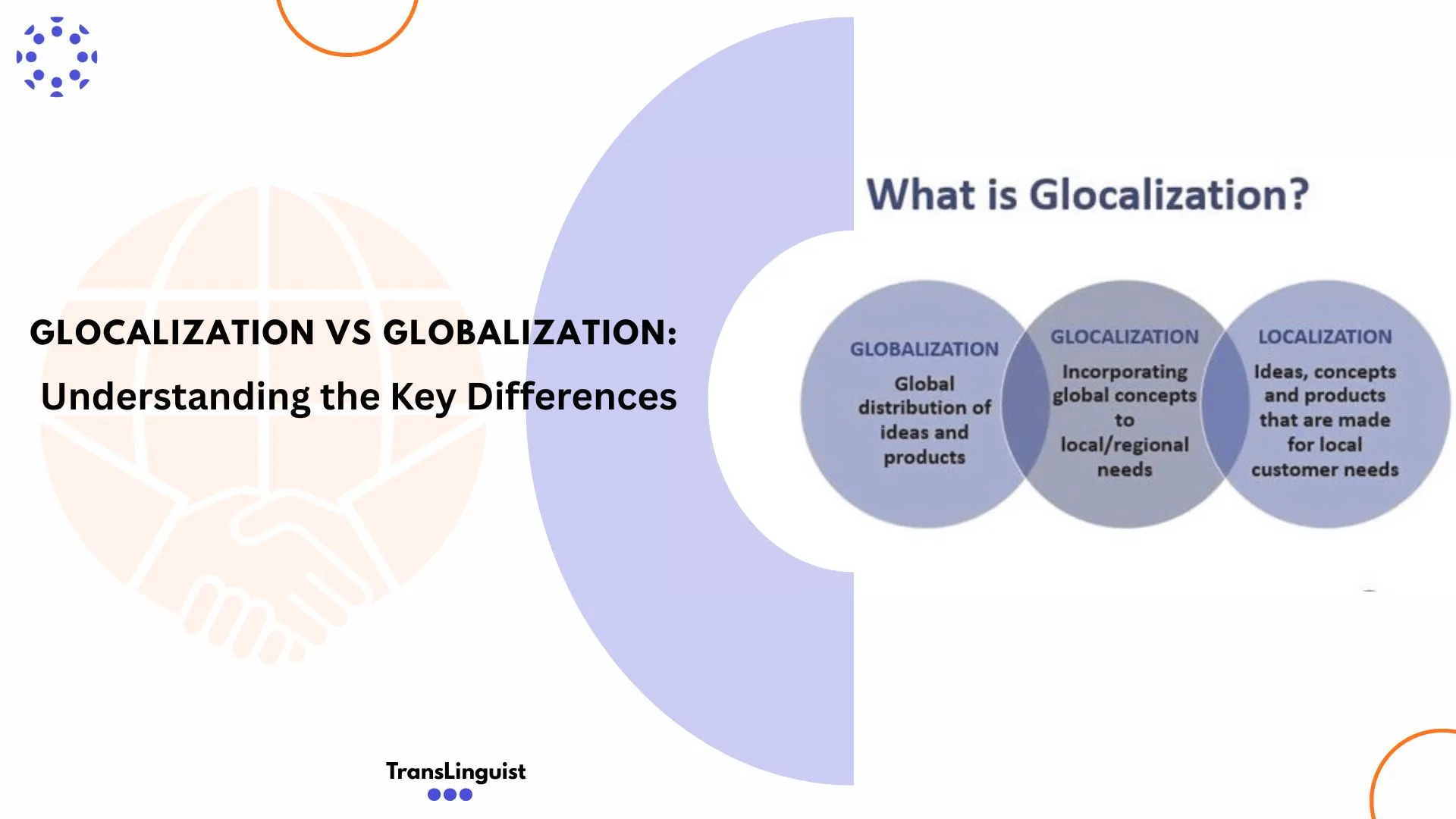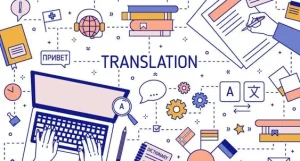If you’re planning international growth, Glocalization vs Globalization is not a semantic squabble—it’s a strategy fork. Leaders who pick deliberately between Glocalization vs Globalization (or blend them by design) avoid costly rework and mismatched brand signals. In practical terms, Glocalization vs Globalization sets the rules for how you ship products, localize journeys, and measure outcomes—market by market.
What is Globalization?
Globalization streamlines how you produce, position, and distribute across countries: one master playbook, replicated at scale. The advantages are familiar—lower unit costs, faster launches, rigid quality control—and they matter when consistency is mission-critical (e.g., regulated products, hardware SKUs, or tightly controlled brand systems). In business literature, globalization is defined as expanding across borders with shared models for product, process, and messaging, trading variety for efficiency.
Signals you’re in a globalization mode:
- A single global SKU and packaging standard keep costs down.
- Campaigns reuse identical creative with minimal translation or adaptation.
- Governance emphasizes brand uniformity and centralized approvals..
Discover how globalization can benefit your business by exploring our Multilingual SEO Services.
What exactly is Glocalization?
Glocalization customizes a globally-scaled backbone to local, language, culture, regulations, and usage patterns of expectations. Instead of trying to deliver a “universal” experience, you bend the experience so it feels “native” in each market. Industry guides to glocalization typically describe it as leveling global scale to local relevance: keep the core, and tune the edges (terminology, imagery, microcopy, formats, offers).
Signals you’re in a glocalization mode:
- You translate and transcreate messaging, not just copy-paste it.
- Product defaults (sizes, payment methods, date/number formats) match local norms.
- Local teams can ship market-specific variants without breaking the global system.
Interested in tailoring your product offerings for specific markets? Explore our multilingual solutions.
Key Differences Between Globalization and Glocalization
| Dimension | Globalization | Glocalization |
| Strategy | One master playbook | Global core + local tuning. |
| Speed to launch | Faster at first | Slightly slower; faster after frameworks mature |
| Cost profile | Lower per unit | Higher per market; offset by conversion/retention |
| Risk | Cultural tone-deafness | Operational complexity |
| Success metric | Uniformity, margin | Local adoption, NPS, market share |
Why is Glocalization Crucial for Business Success?
Because customers act local—even when the brand is global. Localization of language, imagery, units, tax rules, and help flows reduces friction and lifts conversion. Teams that “design for local” see fewer support tickets, higher repeat purchase rates, and better brand sentiment in community channels. Market guides repeatedly emphasize that trust rises when people feel seen—especially in late-funnel content (billing, returns, safety).
Examples of Glocalization
- Payments & checkout: Adding local wallets and installment options (e.g., PIX in Brazil, iDEAL in NL) often moves the conversion needle more than generic UX polish.
- Product variants: Right-hand drive models in the UK or climate-specific coatings in the Gulf illustrate compliance and use-case tuning.
- Messaging: Transcreated headlines keep the promise intact while swapping idioms, formality, and cultural references. Case collections across the industry echo these patterns.
Why Choose Glocalization Over Globalization?
Choose glocalization when misunderstanding is expensive: healthcare onboarding, legal disclaimers, financial offers, safety instructions, or any flow where a single term can change user behavior. Choose globalization when sameness is the feature: lab-tested formulations, regulated labeling, or global warranty rules. Most high-performing programs do both: globalize the platform, glocalize the experience. Comparative guides and best-practice roundups reinforce this hybrid as the durable default.
Conclusion
Treating Glocalization vs Globalization as a deliberate design choice clarifies budgets and roles: product keeps stable architecture; markets tune content, journeys, and offers. Teams that document this split, define governance, and track local outcomes win twice—operational efficiency and cultural fit. In short, Glocalization vs Globalization isn’t about picking sides; it’s about picking the right lever per decision.
How TransLinguist helps: TransLinguist supports global programs with Translation & Transcreation, Web & App Localization, Voiceover, and Live Captions & Subtitles—plus Remote/On-Site Interpreting for launches and events. We build glossaries, style guides, and QA checks so every market reads like you meant it—because you did.
Ready to align global scale with local impact? Talk to TransLinguist about a right-sized roadmap that merges governance with creativity—so every market performs.
FAQs
How are globalization and glocalization different?
Globalization is about distributing a consistent product or service across the globe while glocalization is about altering products to fit the market and culture that they are being sold to.
What are the benefits of glocalization for business?
Glocalization builds trust with local customers, increases engagement and gives businesses a greater share of the market with products and services designed for the cultures in those markets.
What is an example of a glocalization?
Countries that don't serve beef or pork have customized menus by McDonald's, Coca-Cola has created per-region product variations (flavors), and car manufacturers produce products to serve regional markets.
Does glocalization enhance brand loyalty?
Yes! When companies meet local customs, preferences, and languages, they build a deeper connection with their customers, and that's when brand loyalty is created.



